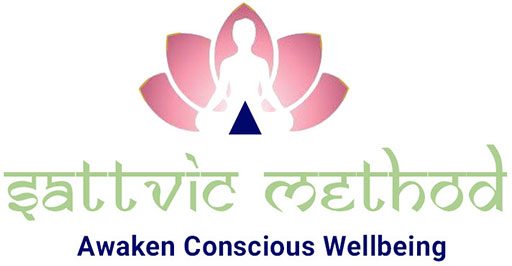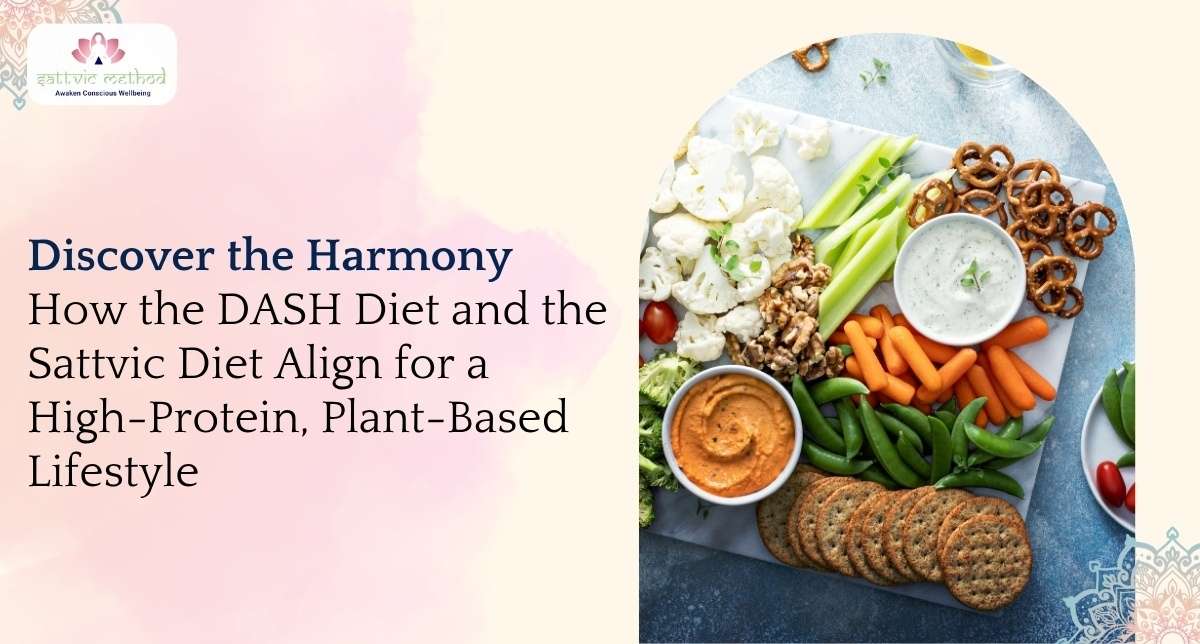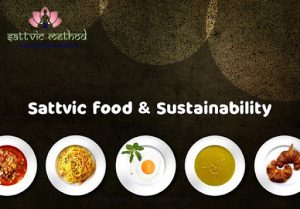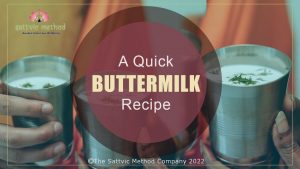🌱 Discover the Harmony: How the DASH Diet and the Sattvic Diet Align for a High-Protein, Plant-Based Lifestyle
In today’s health-conscious world, more people are turning to plant-based diets not only for weight management but for heart health, mental clarity, and overall well-being. Two dietary systems from very different origins—the DASH diet, backed by modern clinical research, and the Sattvic diet, rooted in ancient Ayurvedic wisdom—are surprisingly aligned in their approach to healthy, plant-powered living.
In this post, we’ll explore the remarkable similarities between the DASH (Dietary Approaches to Stop Hypertension) diet and the Sattvic diet, focusing on their vegetarian foundations, high-protein options, and use of global spices to elevate both nutrition and flavor.
🩺 What is the DASH Diet?
Developed by the National Heart, Lung, and Blood Institute and endorsed by the USDA, the DASH diet is a scientifically validated eating plan designed to lower blood pressure, reduce cholesterol, and prevent cardiovascular disease. It emphasizes:
- Vegetables and fruits
- Whole grains
- Legumes and nuts
- Low sodium intake
- Minimal saturated fats
- No added sugars or processed foods
According to the CDC, nearly 47% of adults in the U.S. have hypertension, making the DASH diet a critical public health tool.
🌿 Nutrient Focus:
The DASH diet is rich in:
- Potassium (4,700 mg/day recommended)
- Magnesium (500 mg/day)
- Calcium (1,250 mg/day)
- Plant protein (15–20% of total calories)
🧘♀️ What is the Sattvic Diet?
In Ayurveda, India’s 5,000-year-old system of holistic health, food is classified as Sattvic (pure), Rajasic (stimulating), or Tamasic (dulling). The Sattvic diet is based on purity, clarity, and balance—supporting mental peace, physical vitality, and spiritual growth.
Sattvic foods are:
- Fresh, seasonal vegetables and fruits
- Whole grains like brown rice, quinoa, millet
- Legumes like moong dal, chickpeas, lentils
- Dairy (can be omitted for a plant-based version)
- Nuts and seeds
- Mild, digestive spices
- No onion, garlic, caffeine, or processed foods
According to the Charaka Samhita, an ancient Ayurvedic text, Sattvic foods promote “longevity, intelligence, strength, health, happiness, and contentment.”
🌍 Where They Overlap: DASH + Sattvic = A Global, Plant-Powered Powerhouse
Though their roots are different—one scientific, one spiritual—these diets converge in powerful ways.
| Aspect | DASH Diet | Sattvic Diet | Similarity |
| Vegetarian-friendly | Emphasizes plant-based protein | Traditionally vegetarian | ✔️ |
| No processed foods | Avoids refined sugars and sodium | Avoids processed, stale, or frozen food | ✔️ |
| Whole grains | Brown rice, oats, barley, quinoa | Rice, millet, amaranth, bulgur | ✔️ |
| Legumes & pulses | Beans, lentils, peas | Moong dal, toor dal, chickpeas | ✔️ |
| Low salt intake | Max 2,300 mg sodium (often <1,500 mg) | Uses natural herbs, very low salt | ✔️ |
| Spices & herbs | Encouraged (e.g., turmeric, ginger) | Central to cooking (e.g., cumin, fennel) | ✔️ |
| Mindful eating | Not explicit, but encouraged | Core principle of Ayurveda | ✔️ |
🥦 High-Protein Vegetarian Options
Both diets offer rich vegetarian protein sources. Here are some excellent DASH- and Sattvic-approved ingredients:
✅ Legumes (8–18g protein/cup):
- Green lentils, moong dal, black beans, chickpeas
✅ Whole Grains (5–9g protein/cup):
- Quinoa, amaranth, millet, oats, barley
✅ Nuts & Seeds (5–9g protein/oz):
- Almonds, sunflower seeds, pumpkin seeds, sesame seeds, chia
✅ Soy products (10–19g per serving):
- Tofu (if permitted), tempeh, edamame (use as per Sattvic modifications)
🌟 Tip: Combine grains + legumes (e.g., rice + lentils) to form complete proteins, essential for muscle repair and hormonal balance.
🌶️ Spices from Around the World for Flavor & Healing
Spices are key in both diets—not just for taste, but for their antioxidant, anti-inflammatory, and digestive properties.| Spice | Benefits | DASH + Sattvic Use |
| Turmeric | Anti-inflammatory, boosts immunity | ✔️ |
| Coriander | Diuretic, lowers blood pressure | ✔️ |
| Cumin | Digestive, improves nutrient assimilation | ✔️ |
| Ginger | Circulatory stimulant, reduces nausea | ✔️ |
| Fennel | Alkalizing, calms the gut | ✔️ |
| Cardamom | Detoxifying, relieves bloating | ✔️ |
| Basil (Tulsi) | Balances mood, lowers cortisol | ✔️ |
| Fenugreek | Balances blood sugar, supports digestion | ✔️ |
| Cinnamon | Regulates glucose, adds warmth and sweetness | ✔️ |
- A 2021 NIH study showed that vegetarian DASH diets led to a 13 mm Hg reduction in systolic blood pressure in hypertensive patients.
- According to USDA dietary guidelines (2020–2025), plant-based diets are strongly associated with reduced risk of chronic diseases.
🌟 Final Thoughts: The Future is Plant-Based and Balanced
Combining the science of the DASH diet with the spiritual wisdom of the Sattvic diet offers a powerful, holistic pathway to optimal health. Whether your goal is to manage hypertension, boost energy, lose weight, or cultivate inner peace, this approach provides:
- 🌿 100% plant-based protein sources
- 🧠 Mind-body balance
- 🌎 Flavors from around the world
- 💓 Heart-healthy nutrition
- 🍽️ Simplicity, satiety, and sustainability
📥 Ready to Try It?
Download our free “Sattvic DASH Diet Starter Kit” with:
- 7-day meal plan
- Grocery shopping list
- 20 plant-based high-protein recipes
- Herbal tea pairings
- Tips for mindful eating
🧾 References:
- USDA Dietary Guidelines 2020–2025
- National Heart, Lung, and Blood Institute – DASH Diet
- Charaka Samhita – Ayurveda classical text
- “Effects of Vegetarian DASH Diet on Blood Pressure” – National Institutes of Health (2021)
- Journal of Ayurveda and Integrative Medicine (2020) – Sattvic diet and mental wellness




